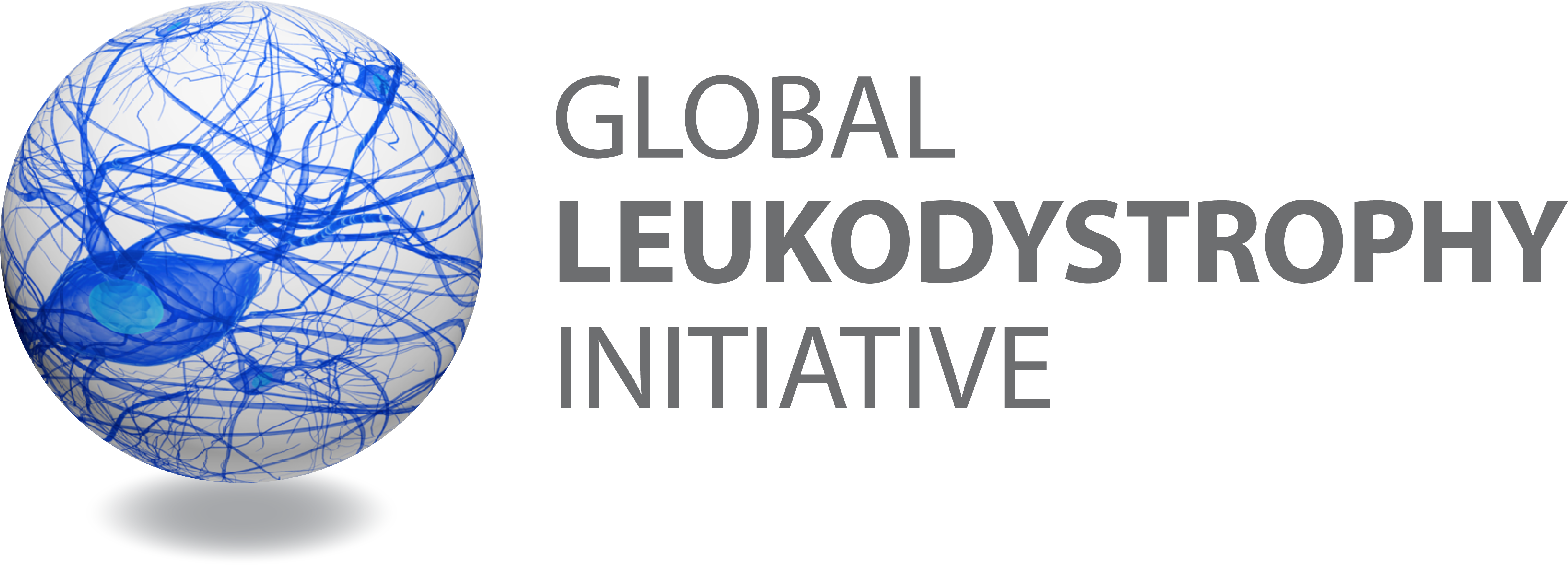Project 2 - Novel Tools for Adrenomyeloneuropathy
X-linked adrenoleukodystrophy (ALD), a debilitating neurological disorder caused by mutations in the ABCD1 gene, is one of the few leukodystrophies for which newborn screening is available and recommended by the federal government. Adult-onset Adrenomyeloneuropathy (AMN) is the most common phenotype of ALD, as adult males with pathogenic changes in ABCD1 and more than half of female ALD heterozygotes develop AMN over time. Despite advances in the treatment for the childhood-onset cerebral form of ALD, no treatment is currently available for AMN. Additionally, the slow and variable rate of disease progression and lack of understanding of clinical outcome assessments (COA) has hampered efforts to design clinical trial readiness.
In this project, investigators will explore novel disease rating scales and measures of ataxia, a key component of the gait abnormalities seen in AMN. The results of this project will be vital for the facilitation of clinical studies for therapies that are currently under development for adults with AMN.
AIM 1 - ASSESS THE VALIDITY OF AN ADULT AMN RATING SCALE
In the first aim, investigators will optimize and validate an existing disease rating scale for Adrenomyeloneuropathy (AMN). Assessments will be conducted at Massachusetts General Hospital (MGH) and Kennedy Krieger Institute (KKI). Investigators hope to compare the trajectory between this rating scale and the patient-report outcomes (PROs) obtained in Project 1, representing a critical step needed for clinical trials to test the effectiveness of future interventions. Investigators hypothesize that the application of a disease-specific rating scale that accounts for all nervous system compartments affected in AMN (brain, spinal cord, and peripheral nerve) will be more comprehensive and therefore correlate better with disease progression than individual clinical outcome assessments (COAs) obtained in Project 1.
AIM 2 - ASSESS THE RATE OF CHANGE IN QUANTITATIVE ATAXIA MEASURES AS COMPARED TO EXSTING QUANTITATIVE PERFORMANCE MEASURES
Given the impact of balance problems in adult AMN, investigators will perform detailed assessments of ataxia measures using force plates to assess amplitude sway in both males and females. Investigators expect to establish ataxia measurement as a useful clinical outcome assessment (COA) for AMN and explore its validity, reliability, and reproducibility in this population.
AIM 3 - DETERMINE WHETHER REMOTE ASSESSMENT WITH WEARABLE TECHNOLOGY SYSTEMS ARE COMPARABLE WITH QUANTITATIVE PERFORMANCE MEASURES OF GAIT AND BALANCE OBTAINED USING FORCE PLATE TECHNOLOGY.
The final aim seeks to validate wearable devices as effective tools to obtain meaningful outcomes data. Investigators have previously utilized the Opal, a research-grade wearable device designed to aid in gait and balance research. These measures can be performed in the comfort of the research subject’s own home. Investigators hypothesize that these remotely assessed variables will be comparable to those obtained through in-person assessments performed in the laboratory and may serve as meaningful outcome measures in the context of future clinical trials.

